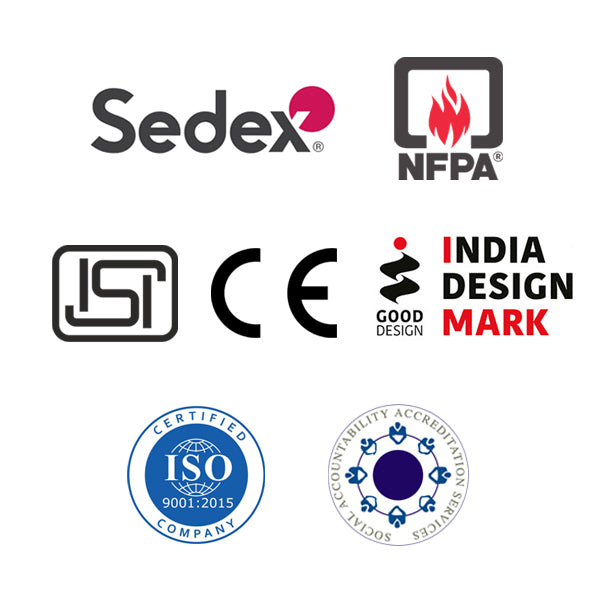D434
Share
Driver Gloves
-
All beige 4 tips grain leather driver glove, keystone thumb pattern
-
Beige grain leather cuff with elasticized back
-
Synthetic colored binding
-
Provides good mechanical resistant and comfort
-
Chromium VI free leather according to EN 420:2003 + A1:2009
Abrasion
Grip
Dry Environment
Cuff
Select Size
D434

Size Chart
How to Measure
D434

D434

EN 388:2016+A1:2018
Delivery & Services

Easy Return
with our 15 days return poicy
Regular price
Rs. 0
Sale price
Rs. 0
Regular price
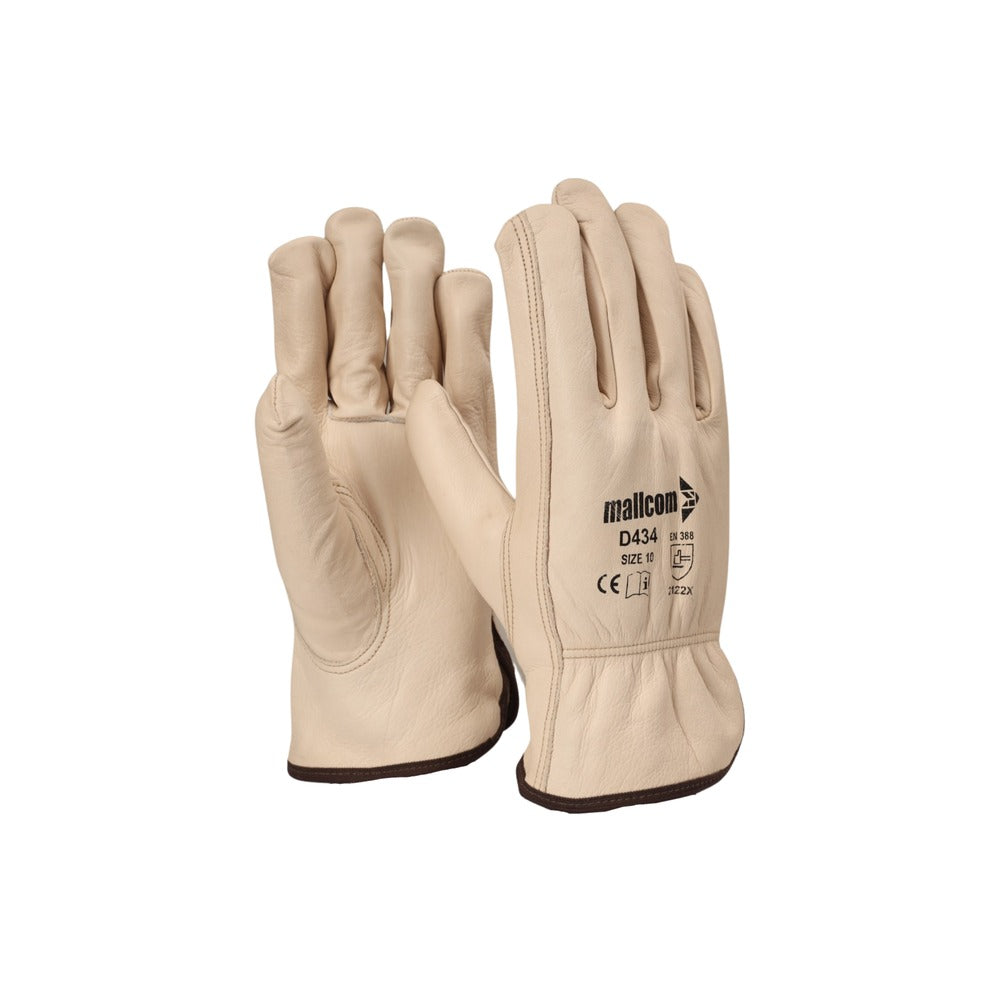
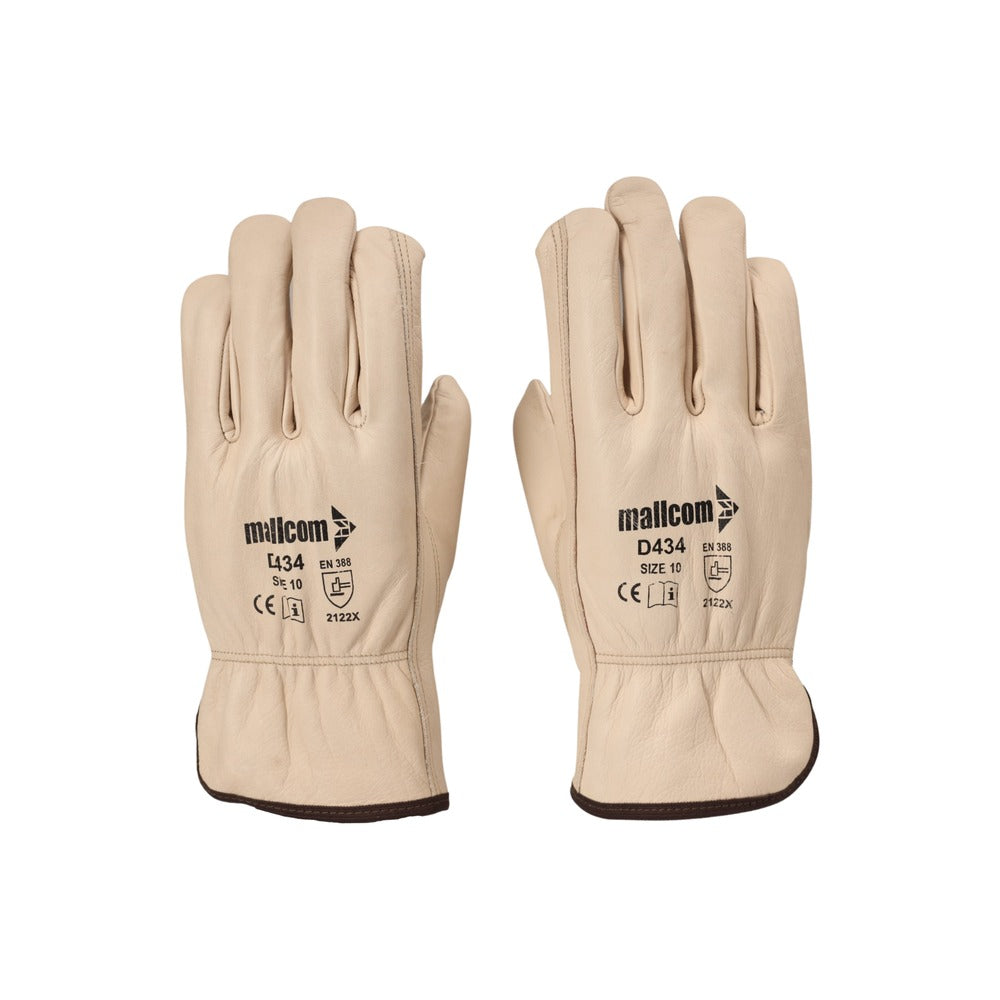
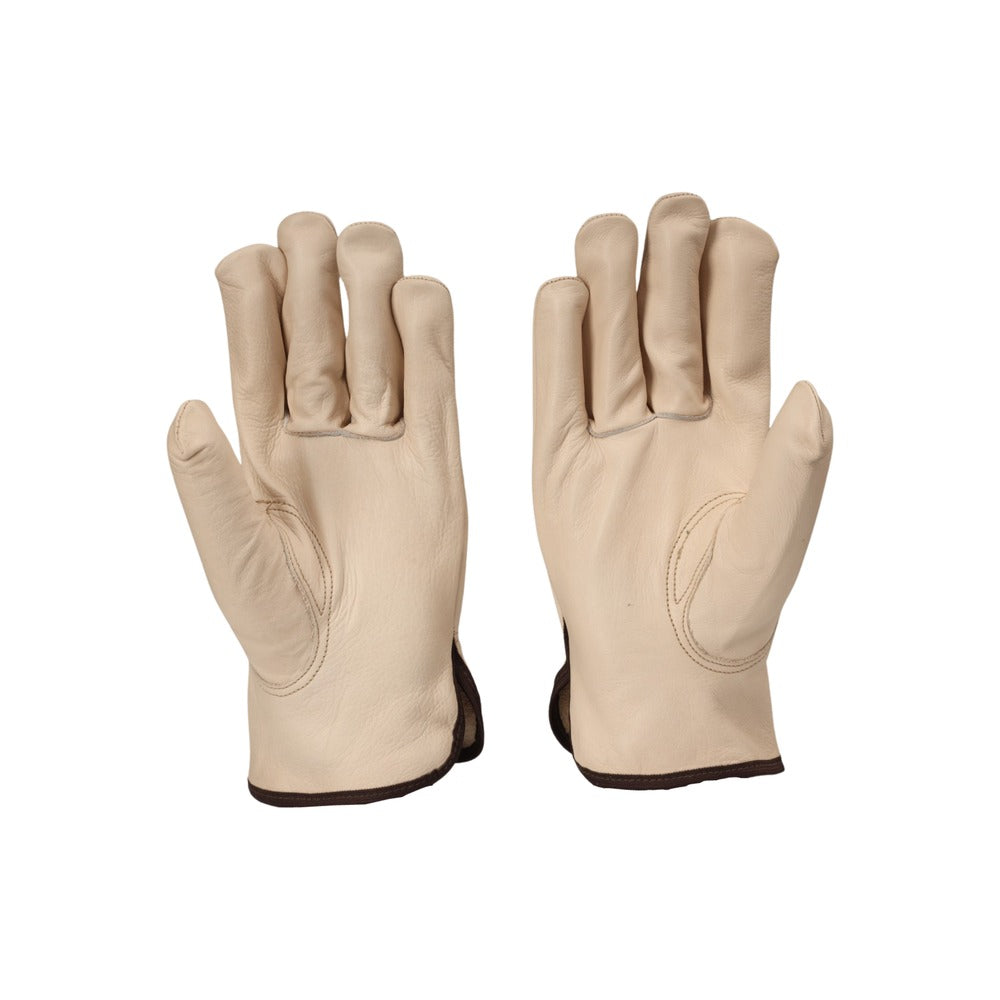
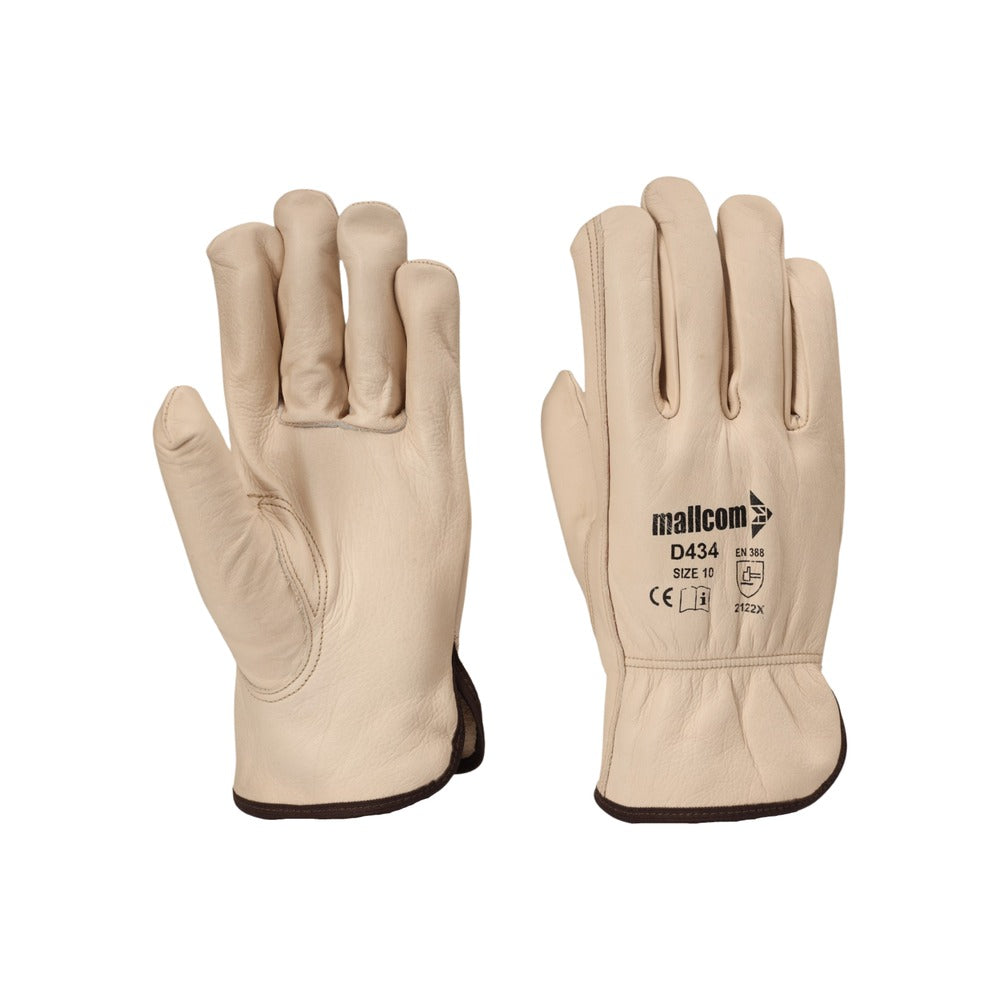
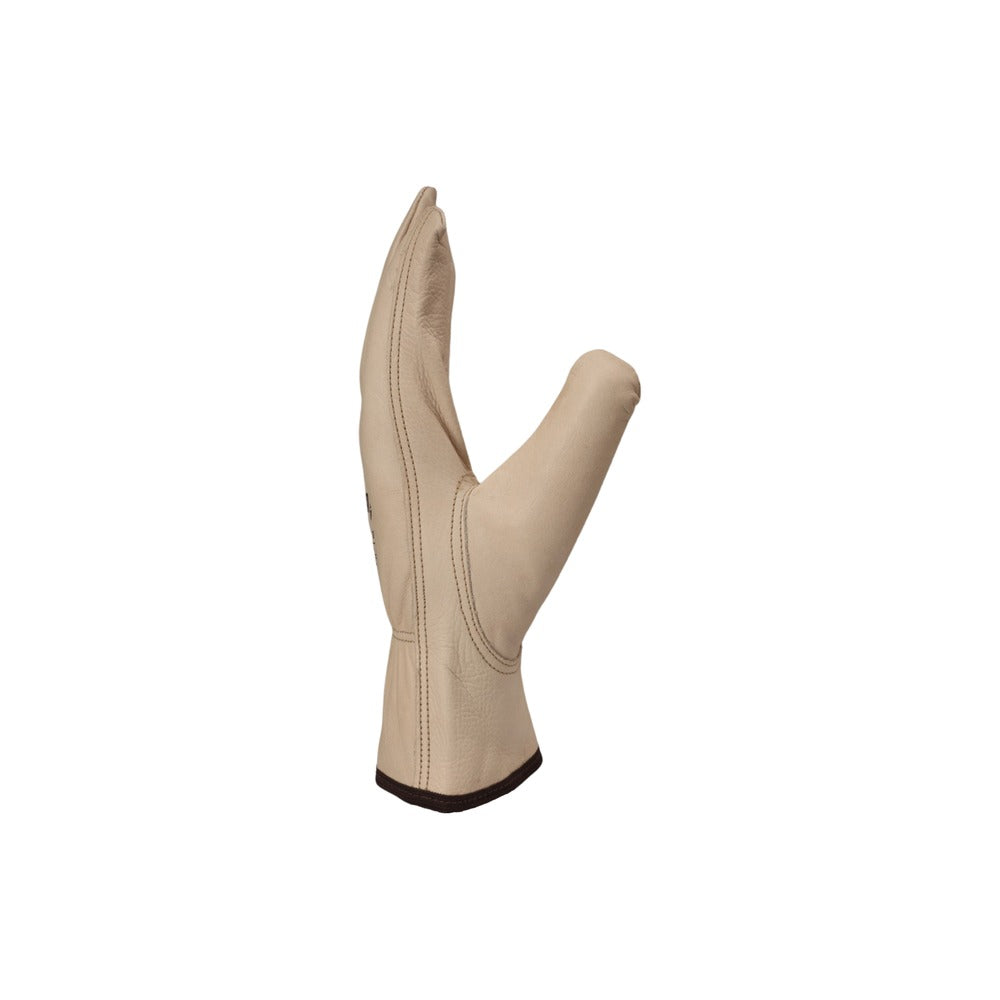
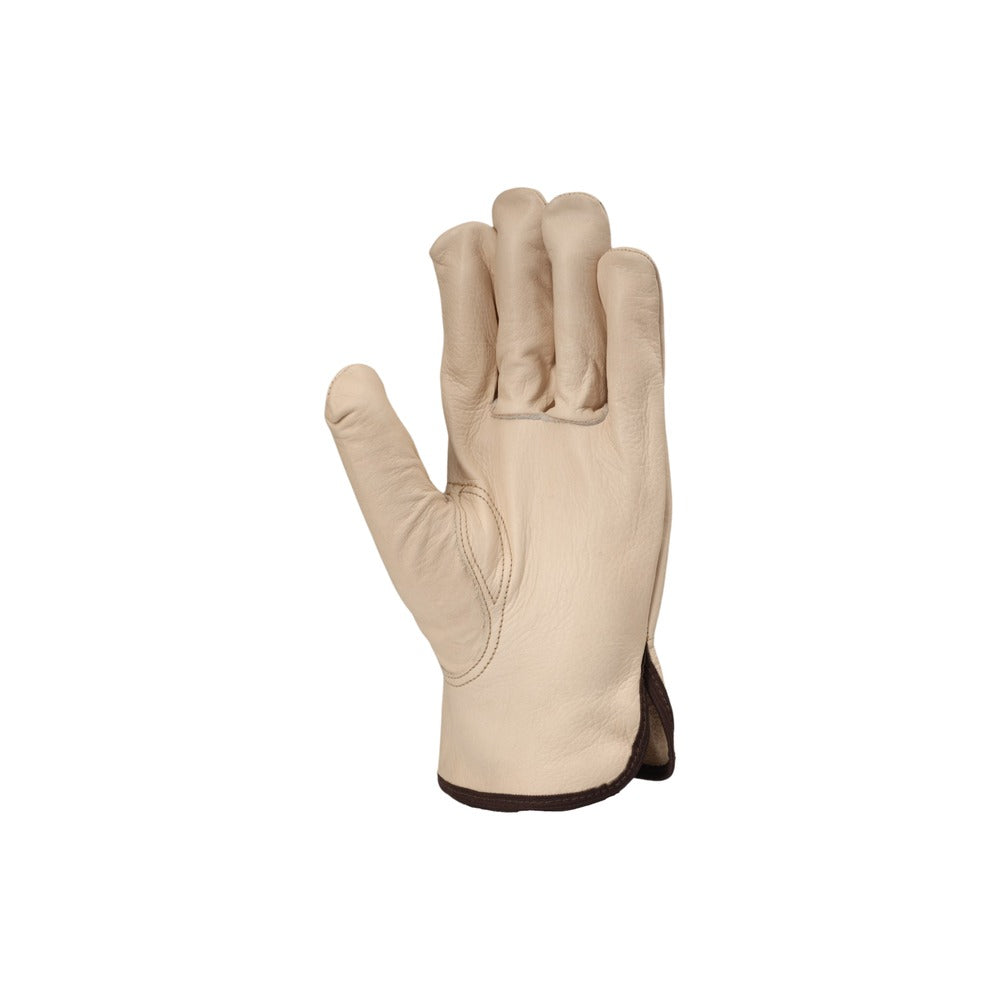
ABOUT THE DESIGN
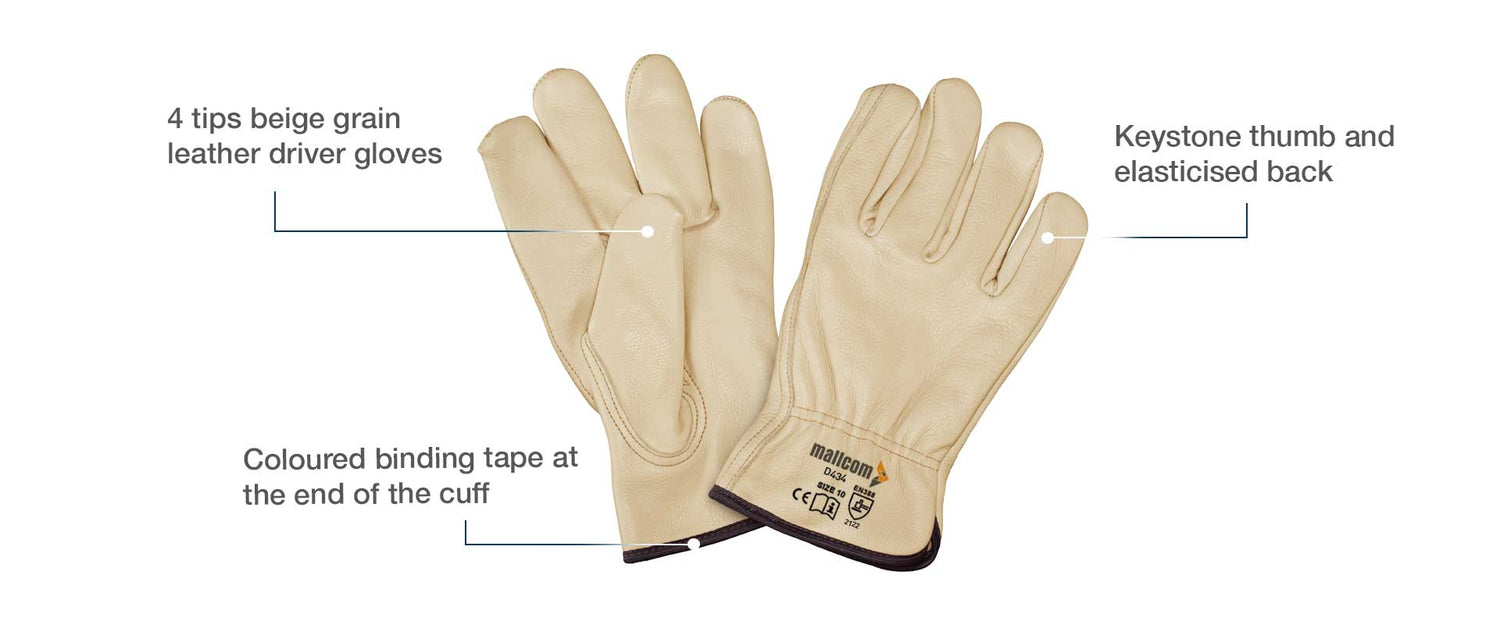
USEFUL IN THESE INDUSTRIES
CONSTRUCTION
IRON & STEEL
LOGISTICS
MANUFACTURING

Product Features
ABOUT THE DESIGN
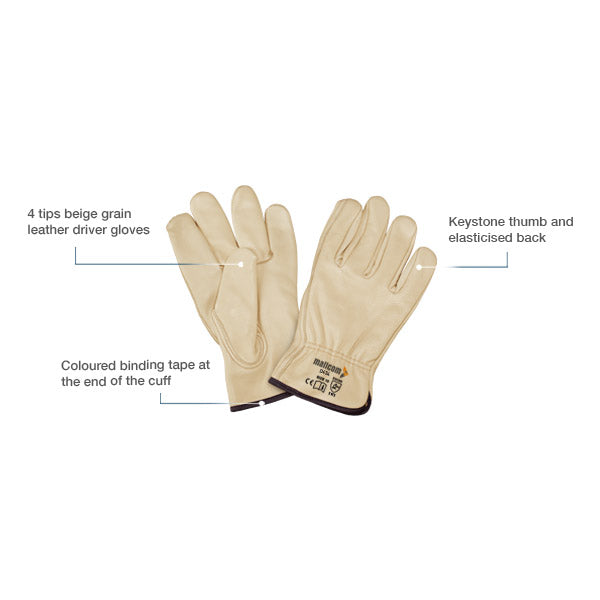
USEFUL IN THESE INDUSTRIES
CONSTRUCTION
IRON & STEEL
LOGISTICS
MANUFACTURING
Product Details
